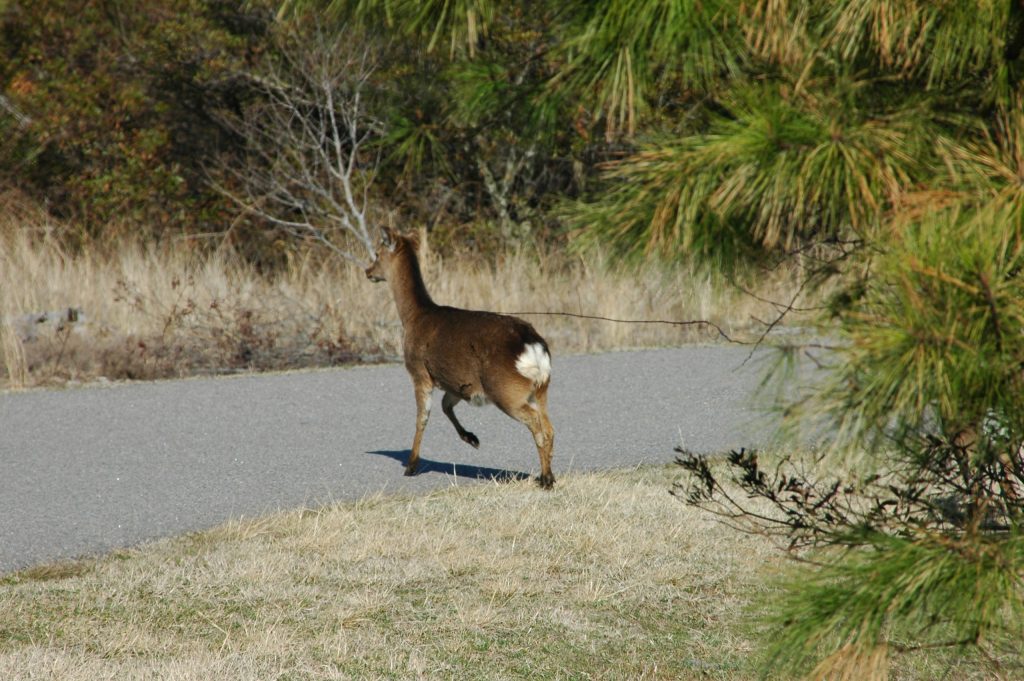Deer crossing signs are a Pennsylvania roadway staple. One of my biggest fears behind the wheel is hitting a deer. The purpose of a deer crossing sign is to alert drivers that the potential is higher in that particular area to see our favorite state animal.
Because they are so common, many drivers don’t even notice those signs. Not me! After the sun sets, I’m on high alert and those signs increase my anxiety of realizing my nightmare.
But why do deer cross more often in one spot than another? I am using roads as an obvious example but the same applies to creeks, powerlines, ditches, or any other landscape feature. We have all seen the muddy highway plowed by deer going over a bank. They could cross anywhere but deer more often than not cross in the same place.
Being a biologist, I always looked at it in terms of cost/benefit to the critter. There must be an upside to crossing in that spot. Easier to follow a blazed trail. Connectivity of habitat. Something.
Then I read a paper about mule deer and white-tailed deer fence crossings in Montana. Fences create barriers to movement across the landscape. It is particularly problematic for species like elk and pronghorn that migrate and don’t like to jump.
Deer, on the other hand, usually don’t have an issue with jumping so fences are considered semipermeable barriers. However, research showed that almost half of the fence crossings were under, not over. Interesting, but that really didn’t surprise me. It cost more to jump so crawling is “cheaper.” There is that cost/benefit thing again.
What did surprise me was deer were using known crossing sites. Deer didn’t just approach the closest fence section and then decide how to cross. It wasn’t just chance that brought them to a particular place. They were seeking them out. These “known” crossing sites had bottom wires that were significantly higher than adjacent fence panels.
Just like migration, ungulates appear to learn these fence quirks then pass on this knowledge. If you are trying to make more wildlife-friendly fence crossing, this is kind of important. Installing wildlife-friendly fence panels for deer or elk or pronghorn won’t do any good if they don’t know about them. And they won’t know about them until they learn where they are which may take some time.
Ok, back to Pennsylvania. It’s easy to see now why deer use the same places to cross roads or creeks or banks. They have learned it perhaps for generations. We don’t really need to worry about making it easier for deer to negotiate fences, but we can use this learned behavior to our advantage for things like deer crossing signs! Or hunting near a well-traveled deer trail.
Wildlife Biologist
If you would like to receive email alerts of new blog posts, subscribe here.
And Follow us on Twitter @WTDresearch
